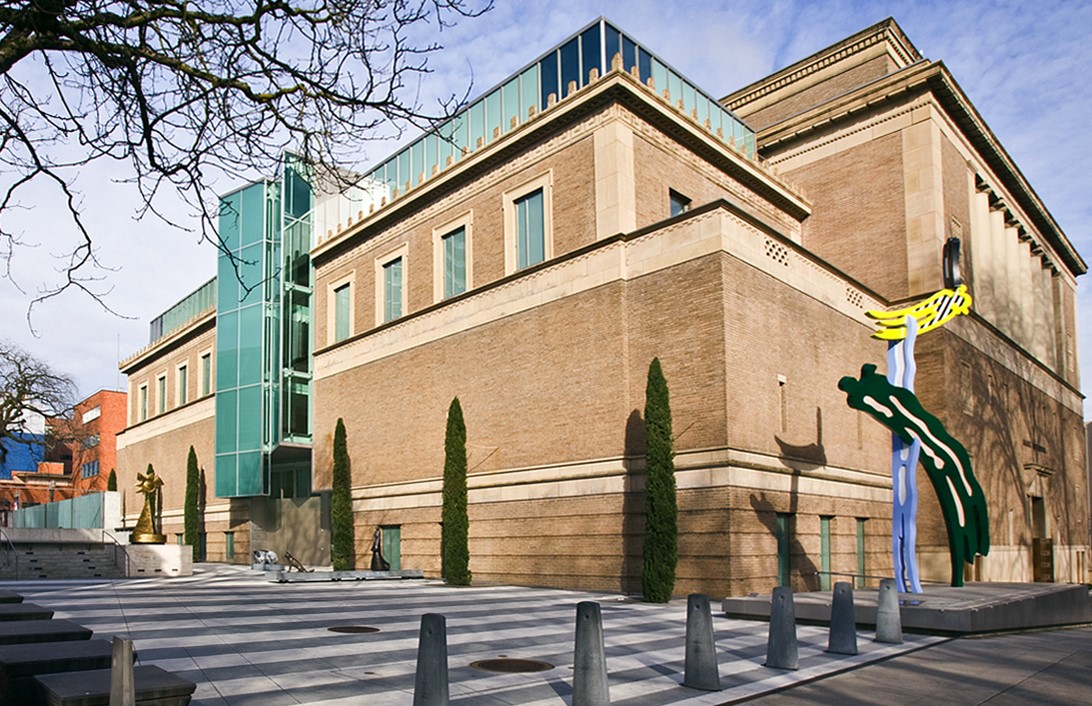Jan 21 2017 - Apr 16 2017
Portland, OR
Rodin: The Human Experience—Selections from the Iris and B. Gerald Cantor Collections, is an exhibition of 52 bronzes by the groundbreaking French sculptor Auguste Rodin. The exhibition is being staged to commemorate the 100th anniversary of the artist’s death.
One of the greatest artists of his time, Auguste Rodin (1840-1917) revolutionized the art of sculpture. While his works always remained faithful to nature, he departed from traditional practice in seeking to reveal the creative process. This exhibition of stunning bronzes will demonstrate Rodin’s particular passion for modeling the human form in clay, the medium in which his hand and mind are most directly evidenced.
The selected bronzes in the show represent the major achievements of Rodin’s long career. They include powerful studies for The Burghers of Calais, as well as works derived from his masterpiece, The Gates of Hell. Others, such as The Night (Double Figure), demonstrate his experimentation with assemblage. Rodin: The Human Experience also features sculptures, such as Monumental Torso of the Walking Man, which demonstrate Rodin’s admiration for Michelangelo, and Dance Movement D, which speaks to his interest in understanding how the body moved.
The exhibition is especially rich in portraiture. Included are Rodin’s famous depictions of the writers Victor Hugo and Honoré de Balzac; the composer Gustav Mahler; the artist Claude Lorraine; one of his favorite dancers, Hanako; and his portrayal of The Hand of God, which is likely a self-portrait.
Rodin’s ability to use bronze to represent living flesh and his interest in expressing extreme psychological states were highly influential upon younger artists, both in Europe and America. Rodin: The Human Experience reveals why the artist is considered the crucial link between traditional and modern sculpture.
Credit: Exhibition overview from museum website
Whether you go or not, Rodin's Art: The Rodin Collection of Iris & B. Gerald Cantor Center of Visual Arts encompasses a lifetime's thoughts on Rodin's career, surveying the artist's accomplishments through the detailed discussion of each object in the collection. It will begin with essays on the formation of the collection, the reception of Rodin's work, and his casting techniques. The entries that follow are arranged topically and include extensive discussions of Rodin's major projects.
The author, the late Albert Elsen, was the first American scholar to study seriously the work of the French sculptor Auguste Rodin, and the person most responsible for a revival of interest in the artist as a modern innovator--after years during which the sculpture had been dismissed as so much Victorian bathos. After a fortuitous meeting with the financier, philanthropist, and art collector B. Gerald Cantor, Elsen helped Cantor to build up a major collection of Rodin's work. A large part of this collection, consisting of more than 200 pieces, was donated to the Stanford Museum by Mr. Cantor, who died recently. In size it is surpassed only the by the Musée Rodin in Paris and rivaled only by the collection in Philadelphia. In scope the collection is unique in having been carefully selected to present a balanced view of Rodin's work throughout his life.
Place Rodin's Art: The Rodin Collection of Iris & B. Gerald Cantor Center of Visual Arts in your Amazon shopping cart.

